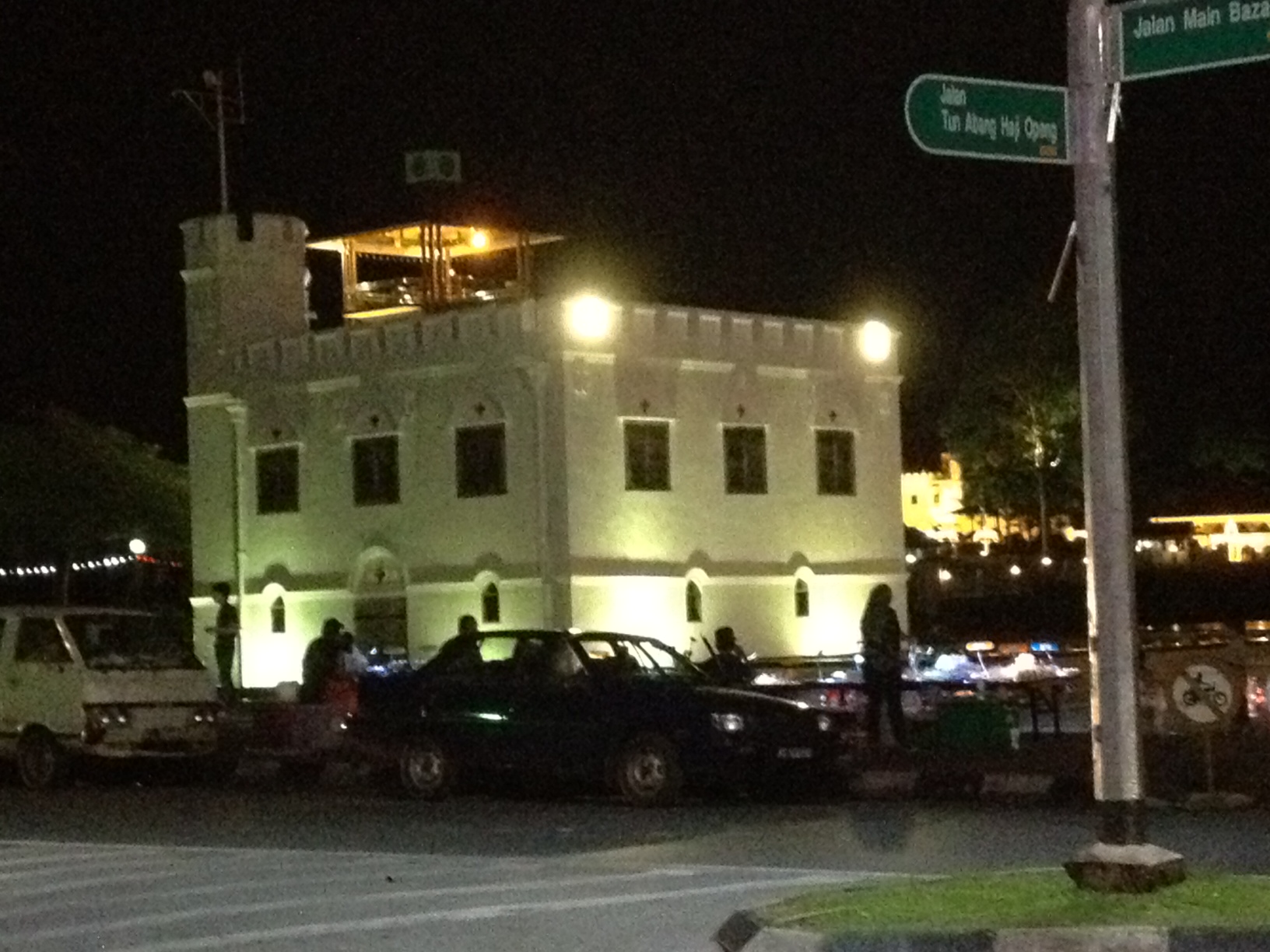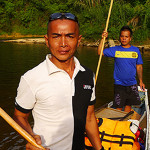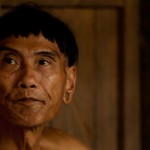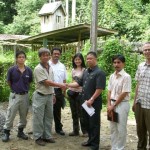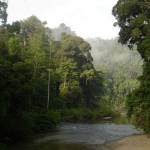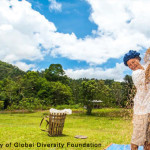Sarawak ‘Rediscovery’ Icograda Design Week
by Tan Su Mei
Kuching. 18-19 October 2012
One of the recurring themes at Icograda 2012 conference was how to get today’s youths interested in craft traditions. The two day conference at Kuching, Sarawak was organized by wREGA, the graphic design association of Malaysia and ICOGRADA, the The International Council of Graphic Design Associations.
Held at the Old Courthouse by the river front, the event was a great opportunity to reconnect with old friends and meet new ones who all have the similar interest in translating traditional knowledge of design in to contemporary solutions for everyday life.
The first two speakers were Gustavo Koniszczer and Sally Anderson from Argentina and Australia. They showed how it was possible to effectively translate the indigenous designs and stories behind the traditions in to modern graphic and branding solutions.
Carin Wilson from New Zealand reminded us that in the indigenous way of living they were so much more in touch with nature. For example, in the Maori language, there are 17 different ways to describe out relationship with water from conception to death! He even graced us a song at the end of his presentations.
There were also a few locals from Borneo who shared their work with the indigenous community with us. Janet Reta introduced the variety of crafts of the Iban tribe: basketry, textile, pottery etc. She also showed us examples of her weaving of the ‘pua kumbu’ designs which she took up out of interest and has been working with the local weavers to continue the tradition. I had a go at bamboo weaving on the last day during a workshop at it was quite a difficult task!
One of the recurring issues that came up during the conference was how to get today’s youths interested in these traditions. The general conclusion was that these traditions needed to be reinterpreted into contemporary designs and functions to suit the culture of our time.
In the world of architecture, Arkitrek has already begun exploring this process, by trying to incorporate traditional techniques in to the designs for their buildings. A good example of this was using the woven bamboo panels which needed to be adapted to allow sunlight and ventilation in to the buildings.
It was a good reminder to us all to remember our roots and the effects of development on a country. I was reflecting one night with one of the organizers and an old friend, Muhamad Razif. We had just been to one of the workshops, with Norhaiza Nordin, one of Malaysia’s most skilled Keris wood carvers. He explained that the hilt (handle) of the Keris (ancient Malay dagger) traditionally had a cultural distinction of showing which part of the Malay Archipelago the person was from. I told Razif that it seemed to be a segregation factor from all these communities. His reply was:
Sometimes we fail to see the beauty of the variety of cultures. Instead of seeing it as segregation, why not see it as the richness of diversity in our world
With this age of development and technology, we can see the trend of developed countries wanting to go back to their roots and reconnecting with them. Perhaps, it is the role of designers to remind those countries who still have such rich traditions to not lose what they have in the name of development.
Related posts


